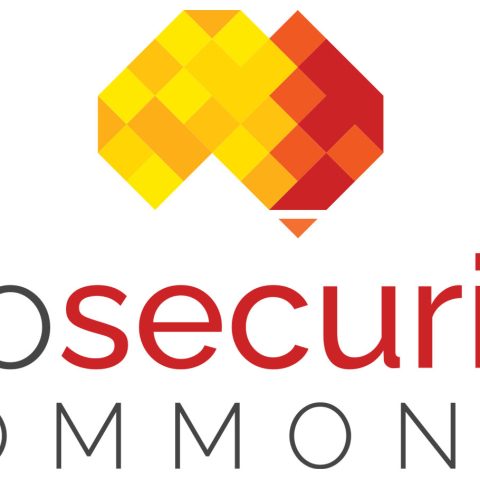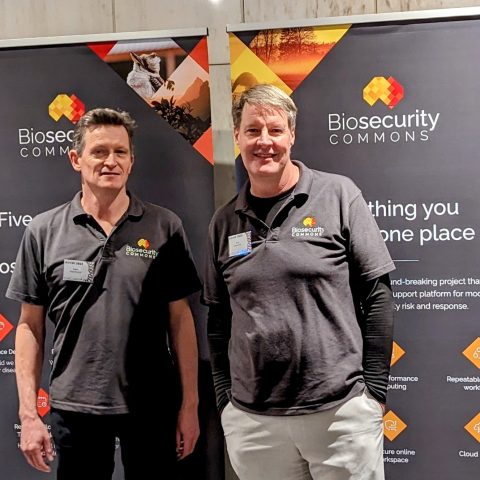Brisbane, Queensland – Biosecurity Commons, a ground-breaking project that will deliver an innovative cloud-based modelling and analytics platform for the Australian biosecurity sector, has commenced work on the first of five scientific workflows available on the platform.
On 18 November 2021, the Biosecurity Commons team held their first workshop to capture user requirements for the Dispersal Modelling workflow. More than 20 expert scientists and modellers from government, research and industry attended the consultation. The purpose of the workshop was to define and prioritise the tools required to simulate how a pest or disease spreads across the environment over a given period of time.
“We are on track to release Dispersal Modelling and the pre-release version of our platform in May of 2022. We have since received endorsement from our Expert Panel on the user requirements, which means our team can begin designing and building the workflow,” explains Mr Paul Tudman, Project Manager for Biosecurity Commons.
In addition to Dispersal Modelling, four more workflows will be available, including Surveillance Design and Proof of Freedom scheduled for release in November 2022, followed by Impact Analysis and Resource Allocation/Time to Eradication in April 2023.
“We will be holding user requirements workshops for each workflow and invite expert biosecurity scientists and modellers interested in getting involved to reach out to us via our contact us form. We would also encourage the broader biosecurity community to follow our journey by signing up to our newsletter,” said Paul.
Biosecurity Commons is a two-year, $1.8m project that will accelerate research and decision-making outcomes for Australia by empowering non-traditional modellers to build consistent and transparent models and analytics and collaboratively solve common biosecurity challenges more efficiently.
“Until now, Australia’s modelling environment has been limited to organisations and individuals with high-end IT equipment and advanced digital literacy skills. This has resulted in models being created for a single purpose and rarely reused by other organisations or jurisdictions. Biosecurity Commons will give users everything they need to perform complex analyses without the need for special equipment and coding knowledge,” he said.
The platform will feature an intuitive point-and-click web interface, high performance-computing, access to trusted datasets and scientific workflows, and a secure online workspace for conveniently sharing project work with authorised users. To find out more visit www.biosecuritycommons.org.au





